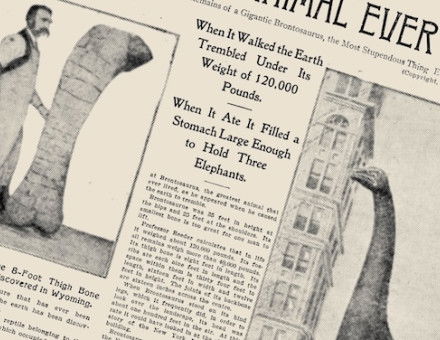Custer and the Indian Massacre, 1868
Henry I. Kurtz describes how subduing the Indians of the Plains was one of the chief tasks of the United States Army after the close of the Civil War.
Snow blanketed the ground at Camp Supply, Indian Territory, on the blizzardy morning of November 23rd, 1868, as the Seventh United States Cavalry prepared to march out on a winter expedition against the Plains Indians. Before dawn, the troopers saddled their mounts and checked equipment, while a raw wind blew fresh-falling snowflakes into their faces. At 4 a.m. the order to march was given. Bundled in heavy overcoats, 700 troopers swung into their saddles, formed up into column of fours, and paraded from the camp behind a mounted band playing ‘The Girl I Left Behind Me’. Riding at the head of the column, decked out in fur hat, buckskin jacket and red bandana, was the regiment’s flamboyant commander, Brevet Major-General, Lieutenant-Colonel George Armstrong Custer. Thus began a campaign that would establish both for Custer and the Seventh Cavalry a reputation as outstanding Indian fighters—a distinction that persists in popular folklore to this day.





